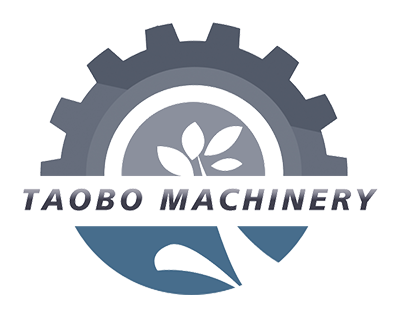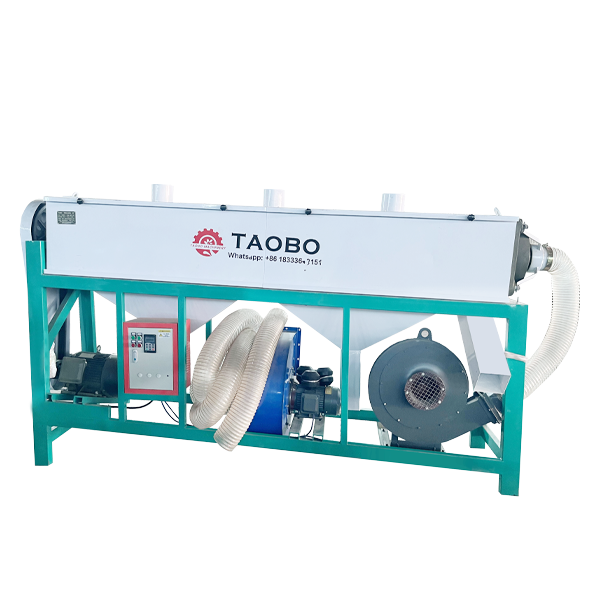The core principle of a mung bean polishing machine is to remove surface impurities through mechanical friction, combined with airflow and screening to separate impurities, ultimately achieving a smooth, bright surface.
This principle is primarily achieved through the synergy of two key functions, as follows:
1. Core Function: Mechanical Friction Removal
This is the fundamental step in polishing, removing excess material from the mung bean surface through various forms of friction.
Active Friction: The polishing rollers within the polishing machine rotate at high speeds. The flexible materials wrapped around them, such as gauze and canvas, create strong friction against the surface of the mung beans, removing fuzz, dust, residual seed coats, and tiny specks.
Passive Friction: The high-speed motion of the mung beans creates collisions and friction between them, as well as between the beans and the inner walls of the polishing chamber. This further assists in removing surface impurities and ensuring a more uniform polishing result.
Assisted Optimization: Some models spray a small amount of water mist during polishing to moisten the surface of the mung beans, making them more easily removed by friction. This also reduces dust generation and prevents secondary adherence of impurities.
2. Key Functions: Airflow and Screening for Impurity Removal
Impurities generated by friction must be promptly separated; otherwise, they will re-adhere to the mung beans and affect the polishing effect.
Airflow Removal: Directed airflow is introduced into the machine to directly remove light dust (such as fine dust and lint) generated by friction, preventing dust accumulation within the chamber.
Screening and Filtration: A screen with a specific aperture is installed below the polishing chamber. Larger impurities (such as broken bean hulls and small stones) pass through the gaps in the screen and fall into the impurity collection box. Qualified mung beans, due to their size and weight, remain above the screen, achieving complete separation from impurities.
The dust generated during the mung bean polishing process is mainly treated through a combination of the equipment’s own dust removal system and auxiliary dust removal measures in the workshop. The core is “source control + end collection” to avoid dust spread pollution.
The Equipment’s Core Dust Removal Method
This is the most direct and critical step in dust control, typically performed simultaneously with the polishing process to reduce dust fugitive emissions at the source.
Built-in Airflow Dust Removal
The polisher features a directional airflow channel connected to the polishing chamber. When the friction of mung beans generates dust, the airflow directly draws lightweight dust (such as fluff and fine ash) into the channel. This airflow is then piped into the equipment’s built-in dust collection bag or bin, instantly separating the dust from the mung beans.
Sealed Polishing Chamber
The polishing chamber is completely sealed, with only the inlet and outlet remaining. Soft sealing gaskets or curtains are installed at the inlets and outlets. This design significantly reduces dust from crevices within the equipment, confining it to the chamber for subsequent centralized processing.
Screen-Assisted Dust Collection
The screen below the polishing chamber not only separates impurities but also allows some dust to pass through the screen along with the impurities and fall into a sealed impurity collection box below. The collection box should be cleaned regularly to prevent dust from accumulating and becoming airborne within the equipment. 2. Auxiliary Dust Removal Measures at the Workshop Level
If a small amount of dust from the equipment’s own system still diffuses into the workshop, further collection measures must be implemented at the workshop level to ensure a safe working environment.
Workshop Negative Pressure Dust Removal System
Install a negative pressure dust collection port in the polishing machine area, connected to the workshop’s central dust removal system. The negative pressure draws any remaining dust into the dust collection duct, ultimately transporting it to a large dust collection device outside the workshop (such as a pulse dust collector), where it is filtered and discharged as clean air.
Regular Cleaning and Ventilation
Assign a dedicated person to regularly use an industrial vacuum cleaner to clean dust from the floor and equipment around the polishing machine to prevent dust accumulation and secondary dust from being raised. Maintain good ventilation in the workshop, using exhaust fans to remove any remaining dust (ensure that the exhausted air meets environmental standards).
Post time: Oct-21-2025










